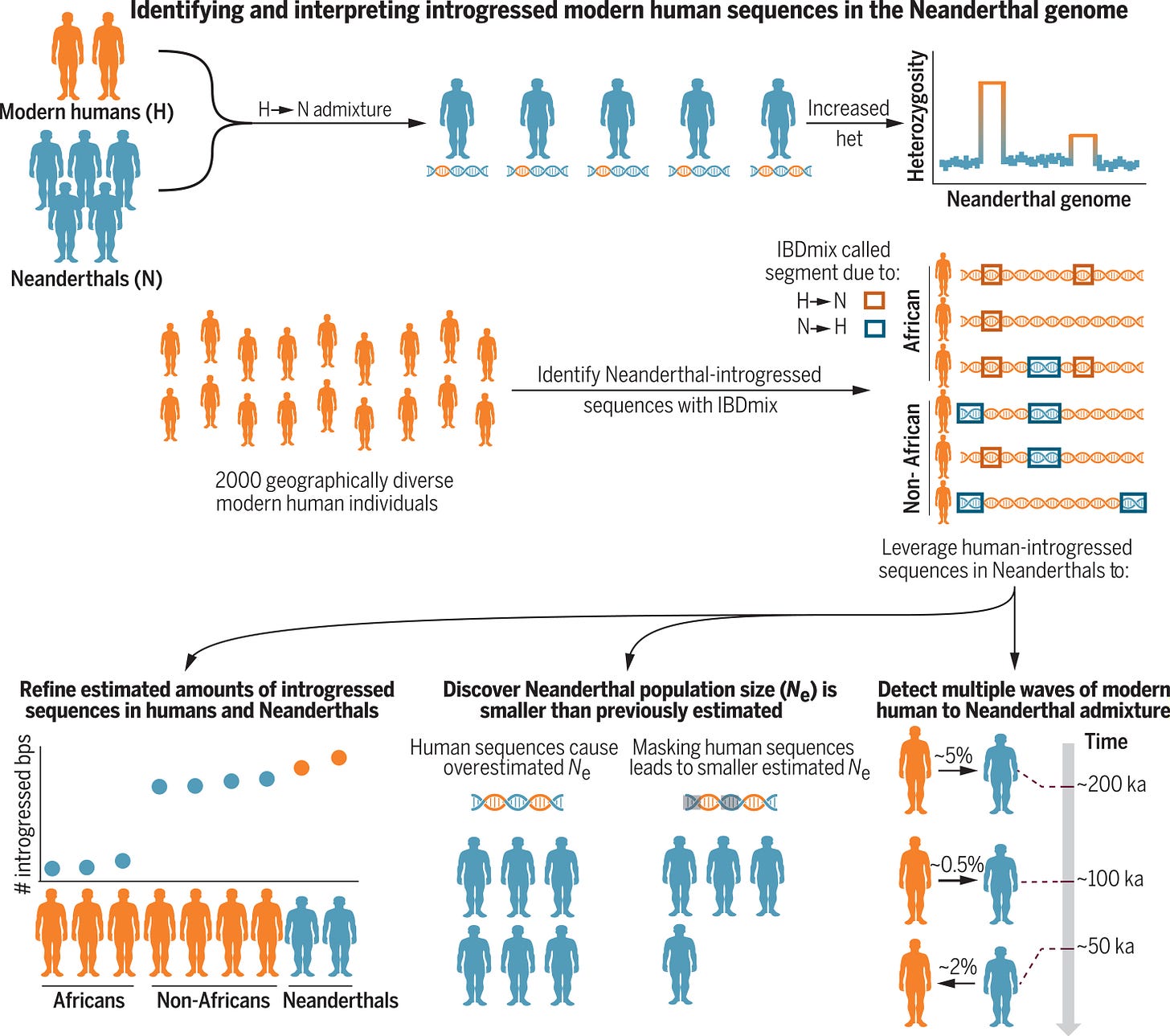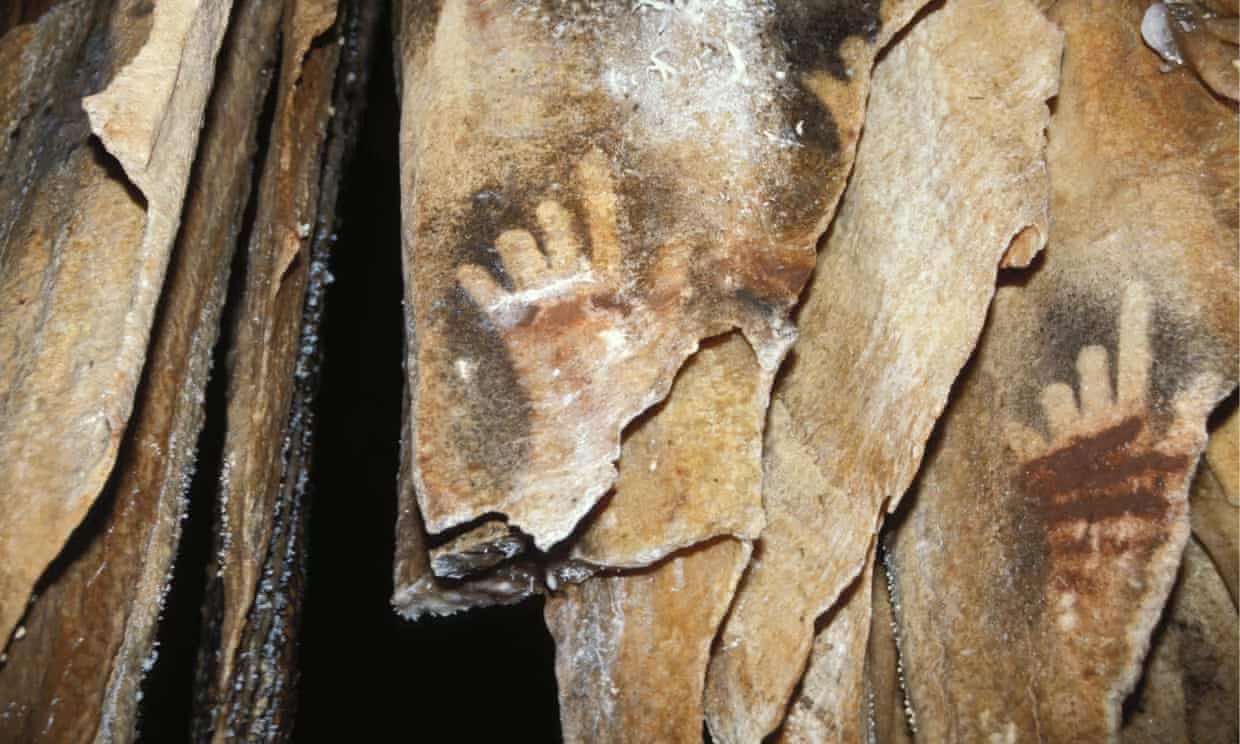Paleolithic Flint Selection: Purposeful Stone Tool Choices Based on Rock Properties
Recent research unveils intriguing insights into the sophisticated choices made by Paleolithic humans regarding stone tool selection. Led by the Nagoya University Museum and Graduate School of Environmental Studies in Japan, a study has shed light on how early humans in the Middle East might have purposefully chosen specific rocks for their stone tools based on rock properties, not just ease of fragmentation. These findings, published in the Journal of Paleolithic Archaeology1, suggest a deeper understanding and technical skill in stone tool creation than previously thought.
Investigating Ancient Tool Creation
As Homo sapiens migrated across continents, stone tools played a pivotal role in their everyday lives. To understand this crucial aspect of ancient culture, archaeologists focused on prehistoric sites in southern Jordan, particularly the Jebel Qalkha area, examining flint nodules from the Middle and Upper Paleolithic periods (roughly 70,000 to 30,000 years ago).
The team hypothesized that early humans actively sought out specific flint, such as translucent and smooth varieties, which could be easily shaped into sharp tools. They employed advanced tools like the Schmidt Hammer and Rockwell Hardness Device to measure the mechanical properties of these rocks.
The Stone Tool Selection Process
Their research revealed fascinating insights. While fine-grained flint required less force to fracture, suitable for crafting small tools, an earlier study by the same team discovered a surprising preference for medium-grained flint in earlier periods. This preference contradicted the expectation that fine-grained flint would dominate tool-making due to its ease of use.
Further analysis revealed that despite its easier fracturing, the fine-grained flint often contained internal fractures, rendering it unsuitable for larger, robust tools. In contrast, medium-grained flint, though tougher to manipulate, was selected for larger tools due to its durability. This indicates that Paleolithic humans made nuanced choices beyond simple fracture ease, considering factors like tool longevity.
Insights into Prehistoric Cognition
These findings underscore the complexity of our ancestors' behavior and their deep understanding of stone properties. The intentional selection of rock types for specific tool shapes and production techniques reveals an advanced level of cognitive understanding among Paleolithic humans. This adaptive behavior suggests their ability to tailor tool-making strategies based on rock characteristics, a key aspect of their technological evolution.
Eiki Suga, one of the researchers, highlighted the importance of such archaeological studies in deciphering the evolutionary journey of human technological behavior and environmental adaptation. By analyzing cultural artifacts like stone tools, researchers aim to unravel the complexities of ancient human life, aiding our understanding of evolutionary milestones and population dynamics. Such insights not only illuminate past technological advancements but also offer invaluable clues about our ancestors' adaptive intelligence and resource utilization.
Suga, E., Tsukada, K., Tarawneh, O., Massadeh, S., & Kadowaki, S. (2023). Explaining the increase in “high-quality chert” in the early upper paleolithic artifacts in southern Jordan: Quantitative examination of chert mechanical properties and fracture predictability. Journal of Paleolithic Archaeology, 6(1). https://doi.org/10.1007/s41982-023-00164-w
















